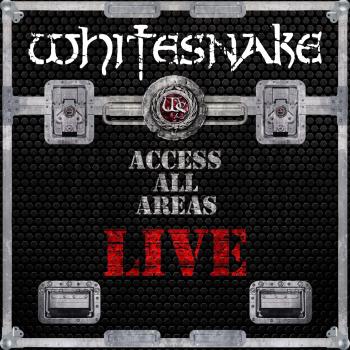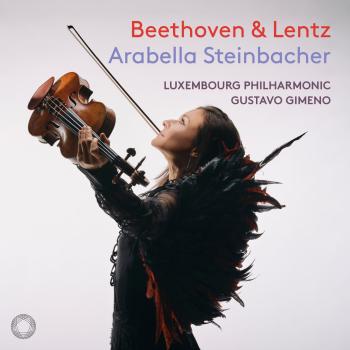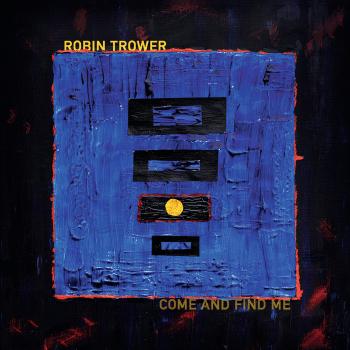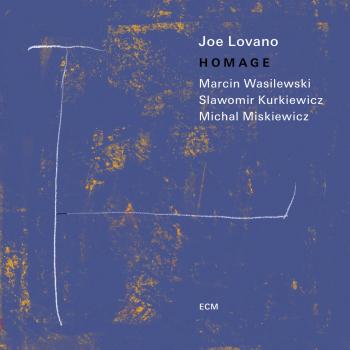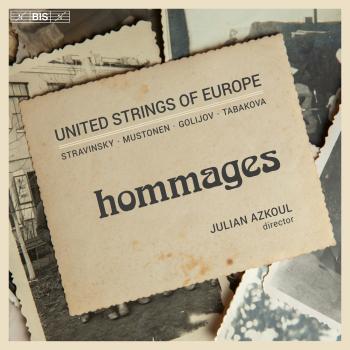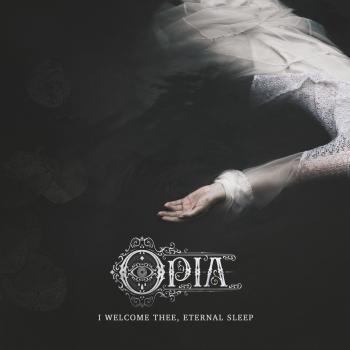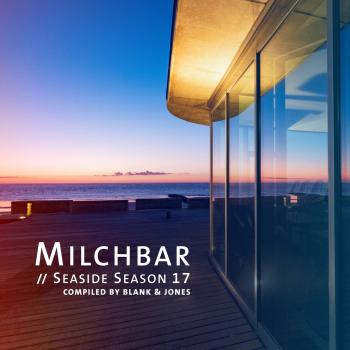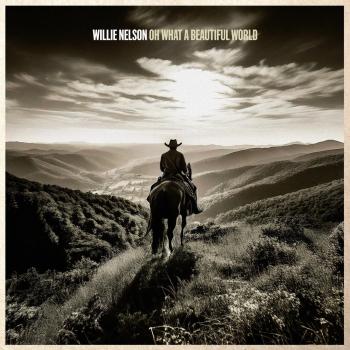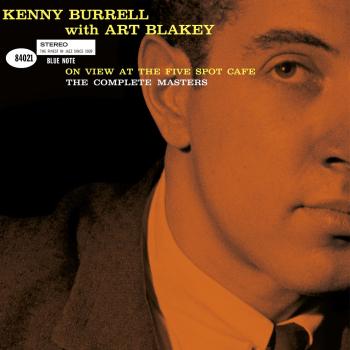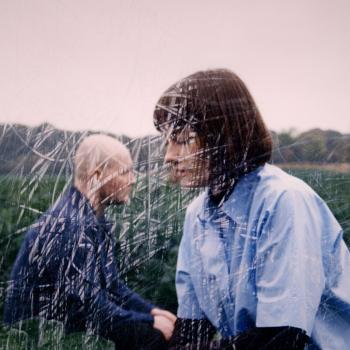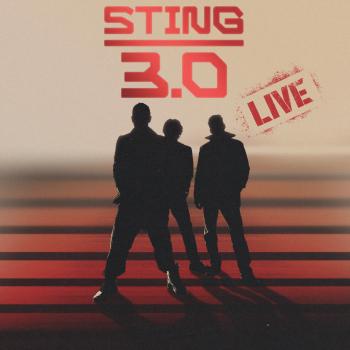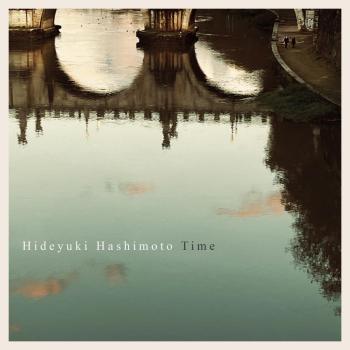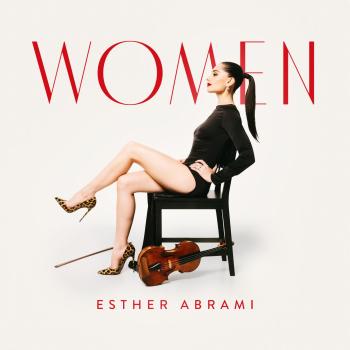
Long Walk Francesco Tristano Schlime
Album info
Album-Release:
2012
HRA-Release:
24.05.2013
Label: Deutsche Grammophon (DG)
Genre: Classical
Subgenre: Instrumental
Artist: Francesco Tristano Schlime
Composer: Johann Sebastian Bach (1685–1750), Dietrich Buxtehude, Francesco Tristano Schlime
Album including Album cover
I`m sorry!
Dear HIGHRESAUDIO Visitor,
due to territorial constraints and also different releases dates in each country you currently can`t purchase this album. We are updating our release dates twice a week. So, please feel free to check from time-to-time, if the album is available for your country.
We suggest, that you bookmark the album and use our Short List function.
Thank you for your understanding and patience.
Yours sincerely, HIGHRESAUDIO
- 1 Toccata (BuxWV 165) 03:50
- 2 Canzona (BuxWV 168) 02:51
- 3 Canzona (BuxWV 173) 01:43
- 4 Ciaccona (BuxWV 160) 06:06
- 5 Aria La Capricciosa 22:59
- 6 Variation 30a 1 Clav Quodlibet (BWV 988) - Goldberg Variations 01:56
- 7 Long Walk 09:27
- 8 Aria (BWV 988) - Goldberg Variations 02:58
- 9 Ground Bass 09:31
Info for Long Walk
“Long Walk” – the twenty-year-old Johann Sebastian Bach undertook one such walk in 1705, when he hiked the 250 miles from Arnstadt to Lübeck to hear Dietrich Buxtehude, who was famous for his organ playing. The visit had been planned to last only a few weeks but turned into a three-month period of study, during which Buxtehude became Bach’s teacher.
Dietrich Buxtehude (1637–1707) is arguably the most famous early Baroque German composer. As Kantor at the Marienkirche in Lübeck he occupied one of the leading positions in Germany’s musical life. His musical language is notable for its wealth of imagination and harmonic boldness. Central to Francesco Tristano’s new album is Buxtehude’s most important keyboard composition, the aria La capricciosa, thirty-two variations on the folksong Kraut und Rüben.
Bach’s three months with Buxtehude left a lasting mark on his musical output, a point that emerges with particular clarity from one of his most famous late works, the Goldberg Variations. Like La capricciosa, this set of variations is in G major. Both pieces, moreover, are formally identical and reveal many musical parallels. In his final variation, the Quodlibet, Bach even quotes the Kraut und Rüben theme as a homage to his teacher.
In 1974 Bach’s personal copy of the printed score of the Goldberg Variations came to light and was found to contain a kind of appendix in the form of fourteen canons on the first eight bass notes of the Aria. This appendix is now officially numbered as BWV 1087. In Long Walk, Francesco Tristano has combined and, as it were, “remixed” these sophisticated miniatures, in that way exploring the more playful dimension of Bach’s learned counterpoint. Tristano picks up another Baroque tradition with the second of his pieces in this album: Ground Bass is essentially a chaconne, a set of variations on an ostinato bass similar to the one that Buxtehude created three centuries earlier in his Ciaccona BuxWV 160.
In Long Walk Francesco Tristano relocates Baroque music in the here and now, which he does not only through his interpretation and adaptation of the music of Buxtehude and Bach but also in terms of the recording’s use of technology, which opens up new dimensions with regard to sonority: twelve microphones of differing tonal characteristics were used in the Kyoto Concert Hall in Japan, which was chosen because of its exceptional resonance. They capture the undistorted sound of the Yamaha CFX concert grand on which Francesco Tristano performs these works, a high-tech piano that is the result of many years of research into materials, tone colours and construction techniques.
… (J.S. Bach: Partita no. 1): played straight with immaculate fingerwork, neat staccato, impeccable rhythm . . . subtle amusing … (Peter Dickinson, Gramophone)
Francesco Tristano, piano
Francesco Schlime
A young musician and composer causing a stir on the club scene as well as in classical concert venues is probably a world-first. It may also be the first time that purists from the classical and techno camps actually agree on something – That they don’t know quite what to make of this young musician who refuses to stick to the rules. For Francesco Tristano this kind of reaction is nothing new. Experienced concert audiences and classical music lovers may feel equally baffled when they hear a pianist blend and mix his own composition – just like a DJ – into a piece by baroque composer Girolamo Frescobaldi…
The intrepidness with Francesco Tristano combines eras and styles, occasionally allowing them to collide, may initially create a baffled response. However, Luxembourg-born Tristano has no aspirations as an agitator. Almost everything he does is an expression of an open-minded attitude which refuses to accept borders and constrictions. Tristano knows all about the interpretational conventions that have shaped generations of classical pianists – and he has chosen to ignore them. He does not seek approval as an artist and when his dynamic performance emotively basks in the intrinsic severity of Old music – that’s when he’s truly radical.
Tristano, born in 1981, discovered the piano at the age of five. Aged 13, he played his first concert, presenting his own compositions. He later toured both as a soloist and with renowned orchestras, such as the Russian National Orchestra, the Deutsches Symphonie-Orchester Berlin, and the Hanoi Philharmonic Orchestra among others. Tristano founded his chamber ensemble, The New Bach Players which he also conducts. This ensemble consciously breaks with conventions, using a modern grand piano and old, vibratoless bows on contemporary string instruments.
Tristano visited New York’s Juilliard School during five years. The city of New York opened his ears to electronic and club music. to complete Bach legend Rosalyn Tureck’s master class. In 2004, he won the first prize at the International piano competition for contemporary music in Orléans, France. Tristano has released twelve albums, among them recordings of Bach Goldberg Variations and complete keyboard concertos, Luciano Berio complete piano works, and Girolamo Frescobaldi Toccatas. ‘Not for Piano’ (inFine, 2007), presented his own compositions as well as versions of techno classics at the piano. ‘Idiosynkrasia’ (inFine, 2010), recorded at Carl Craig’s Planet E-communications in Detroit, was released to critical acclaim in 2010. ‘bachCage’, produced by Moritz von Oswald, was released on DGG in 2011. Tristano is a Deutsche Grammophon artist and he just released his third album “scandale” with Alice Sara Ott on that label. His collaborative tracks and remixes have been released on labels such as Innervisions, CLR, Visionquest, PIAS and Infine.
This album contains no booklet.

